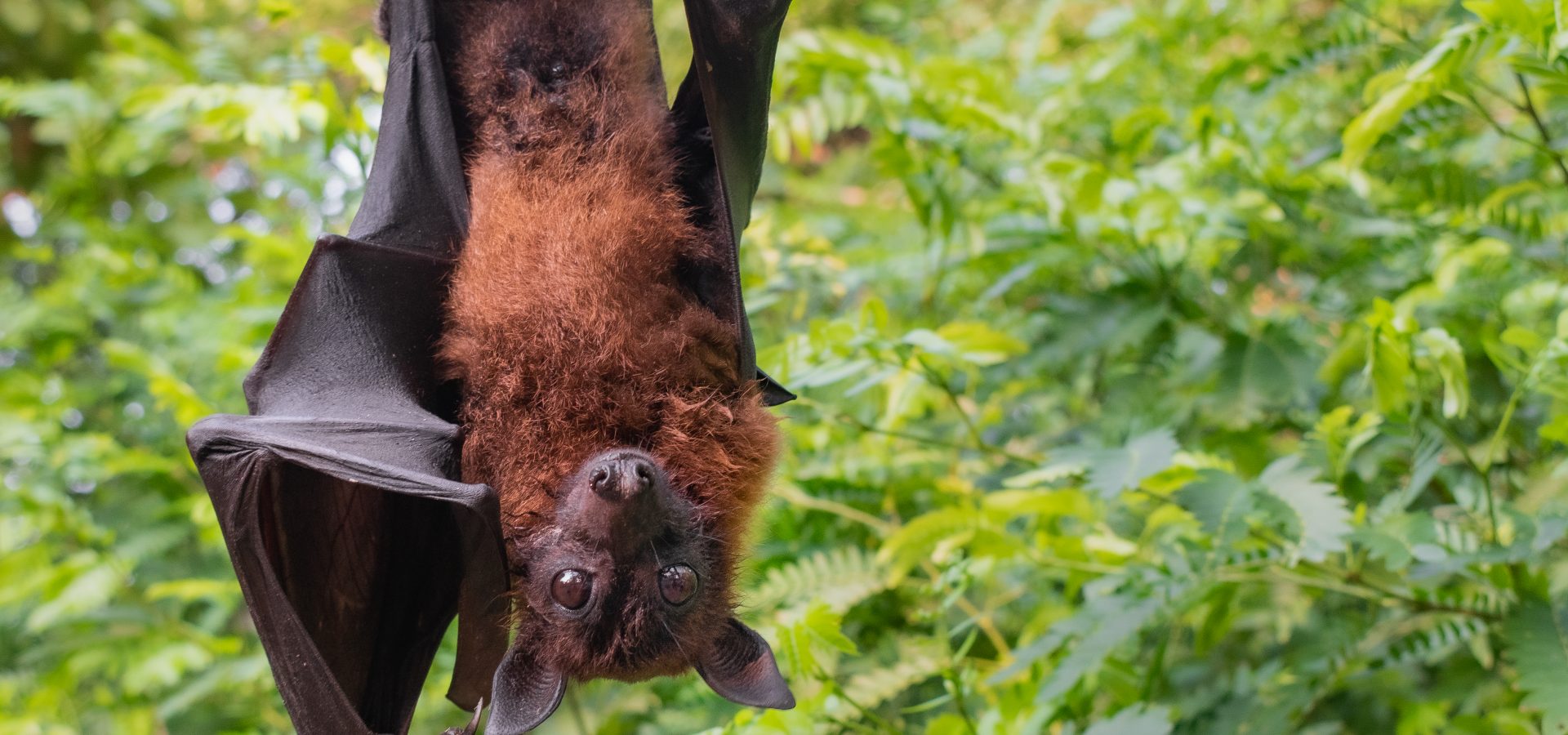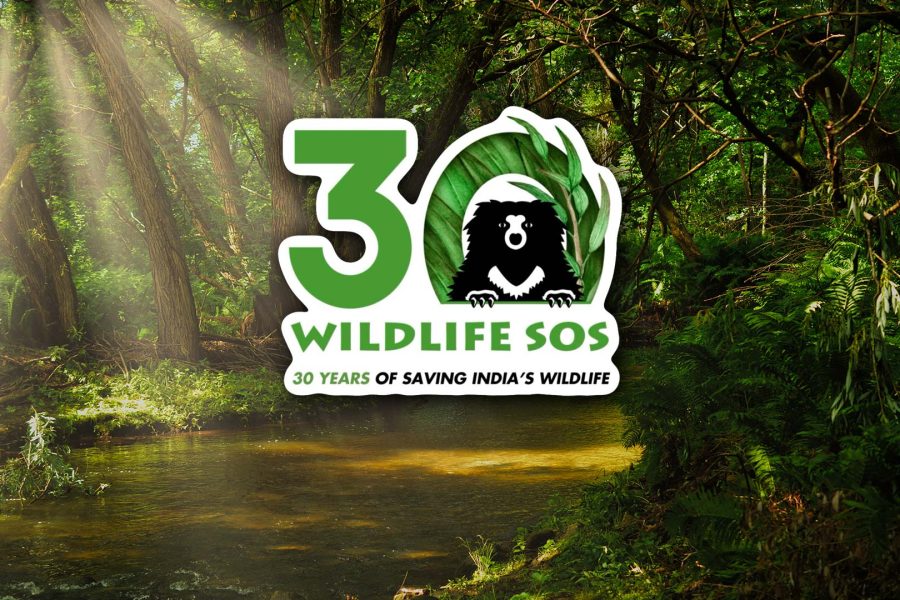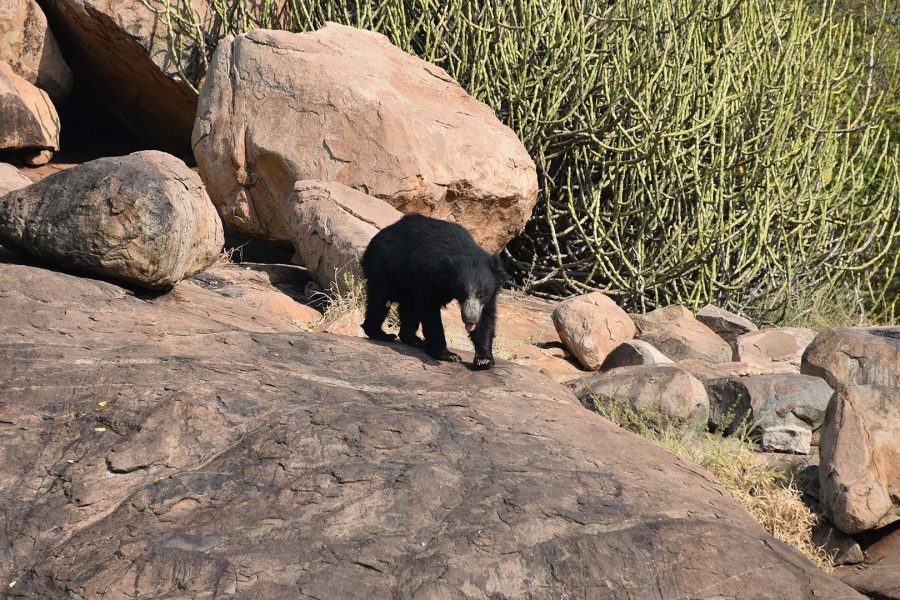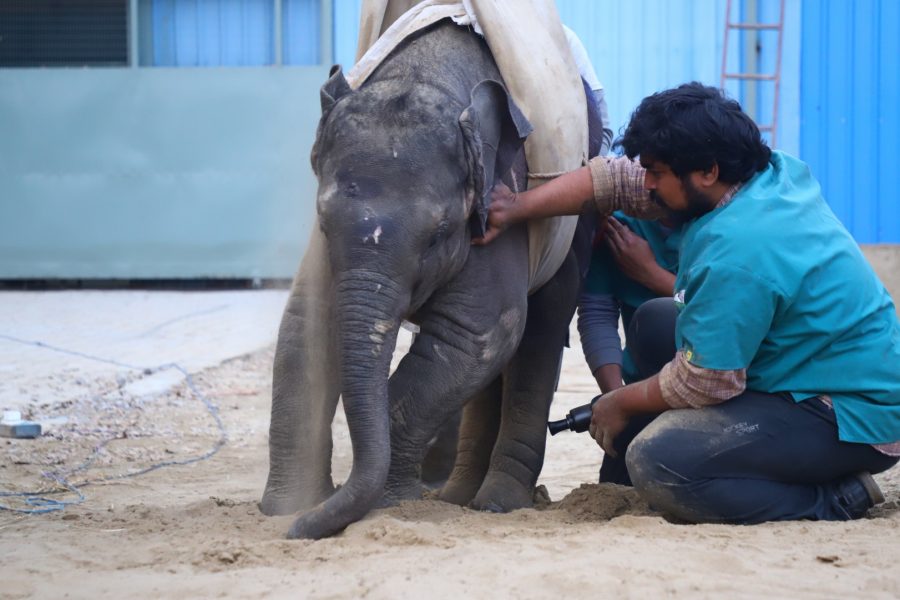What is convergent evolution? Well, imagine a dolphin zipping through the ocean at full speed. Now think of a shark, with a similarly streamlined body, cutting through the water. Turn your eyes to the sky, and witness birds and bats flit through the air as they chase their prey, escape from predators or go about their day.
Birds accomplish their flight by strong thrusts of their wings, allowing them to defy gravity’s constant tug… but bats aren’t birds. So how do they do it? How did a species of mammal evolve wings in the first place? Biologists use this term — convergent evolution — to describe why the body shape of sharks and dolphins, or the wings of birds and bats, have evolved in a similar way despite being very, very distant cousins on the Animalia family tree.
Convergent evolution in animals is the process by which different groups of animals develop similar features or habits to take advantage of similar ecological niches. Simply put, picture Nature as being a chef, using tried and tested ingredients for similar (but not the same) kinds of food. Or as a mathematician, who has used the same formula to solve similar problems.
The phenomenon of convergent evolution is interesting because it shows how natural selection can lead to the development of body shapes and behaviours that are alike for various animals belonging to different taxonomic families. There are several examples of convergent evolution that can be found from across the natural world.
1. Insectivorous Adaptations of Sloth Bears
“Which bear is the best?” Fans of The Office might have various answers to this question, but we can certainly tell you which bear is most unique. Enter the sloth bear. With its long, hooked claws and shaggy features, the bear has been a victim of bad reputation for being aggressive. However, nothing could be farther from the truth.
Did you know that sloth bear is the only entomophagous bear in the world? This means that the sloth bear has evolved to adapt to a diet of insects, using its long claws to dig into termite and ant mounds. They share this feature with the anteaters and scaly pangolins of South America as well as the aardvarks of Africa, and none of them originated from a common ancestor.
Sloth bears remain an excellent example of convergent evolution, but unfortunately, these magnificent animals are facing endangerment due to diminishing habitat and human-animal conflict. Wildlife SOS is dedicated to preserving these magnificent creatures across our four rescue centres as well as the wild.
2. Streamlined Bodies for Swimming
Sharks were some of the earliest animals to evolve, with great white and Ganges sharks retaining the shapes and characteristics of prehistoric sharks such as Stethacanthus and Cretoxyrhina. On the contrary, dolphins and whales evolved from terrestrial mammals that took to the waters to occupy the ecological niches left by giant marine reptiles, which swam during the time of dinosaurs!
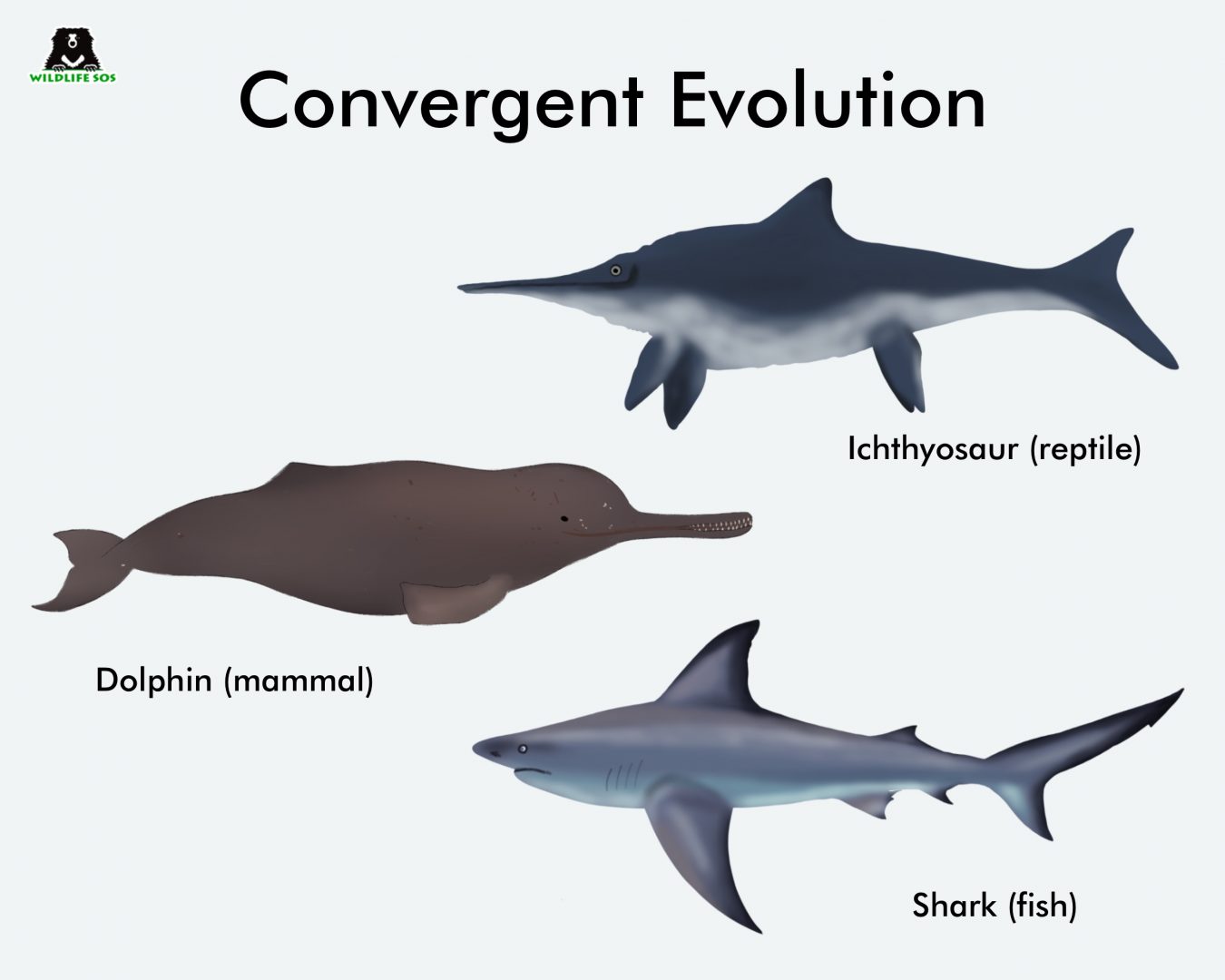
In fact, many of these reptiles, called ‘fish lizards’ or Ichthyosaurs, had dorsal fins, flippers, and sleek bodies that also characterise sharks and dolphins of today. This means that convergent evolution worked on the physicality of sharks (fish), dolphins (mammals) and ichthyosaurs (reptiles) to enable speedy swimming.
And yet, their highly evolved shapes haven’t saved either dolphins or sharks from the nets of fishermen. Many members of marine life find themselves fatally tangled in these nets, causing their species to become endangered.
3. Wings of Birds and Bats
Wings to the air are what sleek bodies with fins are to water. Vertebrates have taken to the air many times over the course of the Earth’s history, starting with the pterosaurs — giant, winged reptiles — during the Mesozoic Era. These animals had enormous membranes of leathery wings that they flew with.
Around the same time, another group of animals was beginning to develop its own version of energetic flight. Birds are the most diverse among vertebrates on land today, with their feather-equipped wings lending them a specialised form of flight. The gift of wings has also been bestowed upon a small group of mammals — the bats.
While the wings of bats and birds are vastly different, they are equally exposed to a threat posed by their common enemy of glass-coated kite strings. These kites spell doom for these animals as their sharp strings often slit the wings, rendering birds or bats incapable of flight! Wildlife SOS has rushed to the rescue of kites, eagles, parakeets, owls, falcons, cranes, crows, pigeons and many other birds that have faced the dire consequences of this age-old tradition.
4. Mammalian Quills
Would it surprise you to know that porcupines, hedgehogs and echidnas are not closely related? While the three are mammals, the echidna happens to be one of the only two species of mammals in the world that lays eggs. Porcupines are larger than hedgehogs, and the latter are insectivorous animals that are more comparable to moles.
The similarity the three possess, however, is the convergent evolution of quills across all their bodies. As specialised hair, quills have grown thicker and evolved into a form of defence mechanism — protecting them against various predators that inhabit their worlds.
However, the very idea of defence becomes ironical when Homo sapiens are involved. The spines or quills that help to protect them have also become a cause of their endangerment. Wildlife SOS has busted smugglers in possession of porcupine quills as well as live hedgehogs, although both species are protected under the Indian Wildlife (Protection) Act, 1972.
5. Dog-like Attributes in Hyenas
Looking at their muzzles and pack-like social structures, it is easy to imagine hyenas as distant cousins of your beloved pet pooch. In fact, hyenas share many characteristics with dogs, both in terms of behaviour and morphological adaptations.
Like canines, hyenas are non-arboreal hunters that chase down their prey or scavenge. They prefer using their teeth over claws to capture prey. However, as a result of convergent evolution, hyenas are closer to mongooses, civets and cats than dogs or wolves, even though one species — the aardwolf — has ‘wolf’ right in its name.
While they may not belong to the same family, striped hyenas in India face the same dangers as local canids like jackals do. Among these, the threat of open wells poses a constant threat to both striped hyenas and golden jackals that have adapted to similar ecological niches and often share the same habitat.
6. Falcons and… Parakeets?
Eagles, falcons, hawks, vultures and kites — can you pick which among these is the odd one out? If you guessed falcons, you are right! For a long time, falcons were included in the Order Accipitriformes along with all the other diurnal birds of prey before recent DNA analysis caused a shift in the consensus.
Now, the falcon stands — or perhaps, perches — apart from the group it is often assumed to belong to. Rather than other birds of prey, falcons are actually closer to parrots and passerines (perching birds). That is not to say that falcons are exempt from the troubles that all avians are suffering from.
Glass-coated strings of kites, dehydration during summers, environmental pollution, vehicle collisions — the list of dangers seeking to decline the numbers of unwary falcons in the current epoch are many. Wildlife SOS has rushed to the aid of many falcons, kites and other predatory birds across all the states we operate in.
If you see a bird or any other animal in peril, do not hesitate to reach out to your nearest animal welfare organisation. Contact us at our 24X7 Rapid Response Units if you are based in any of the following cities:
Delhi NCR: +91-9871963535
Agra, Uttar Pradesh: +91-9917109666
Vadodara, Gujarat: +91-9825011117
Srinagar, Jammu and Kashmir: +91-7006692300/ +91-9419778280

